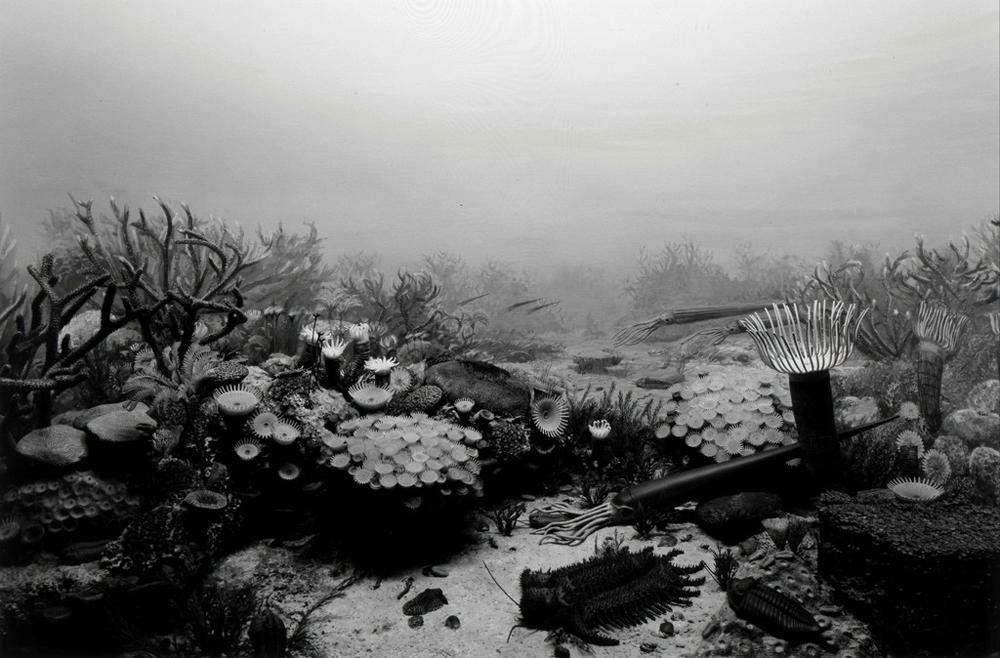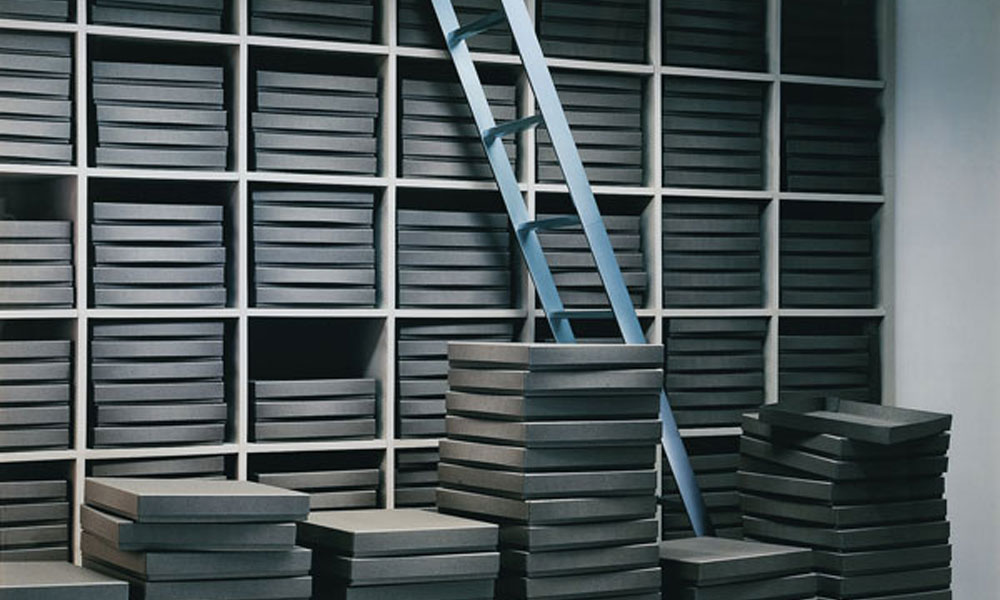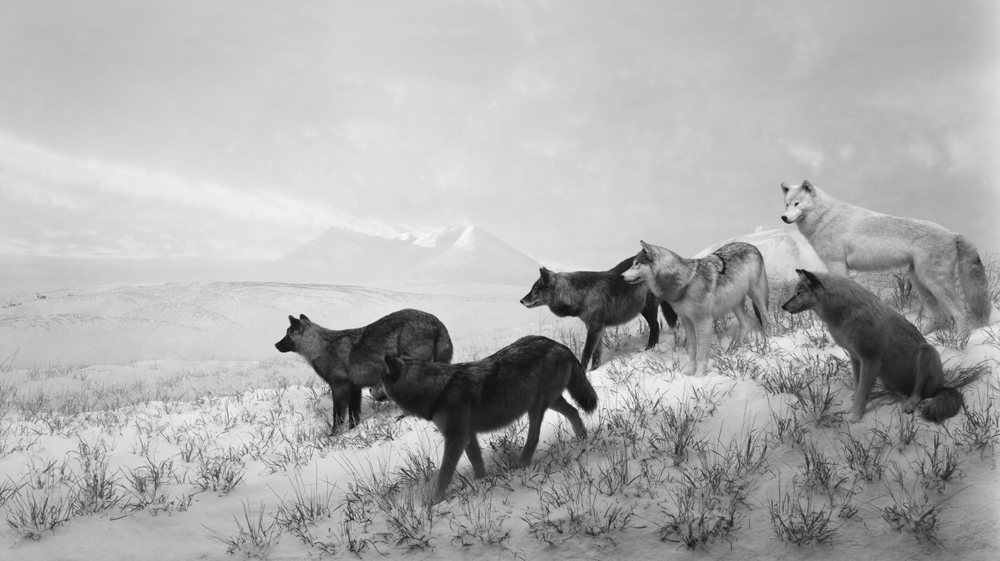Artist Blog
Every week an artist whose single image was published by Der Greif is given a platform in which to blog about contemporary photography.
Perception, Lies and Reality: Constructed reality
Jun 07, 2017 - Jennifer Niederhauser Schlup
Constructed reality
[…] This category is precisely concerned with constructed reality: photographs of small-scale worlds made to lure the viewer into confusion. They are photographs, which appear, at first sight, to be «normal» straightforward depictions. Only if we look very closely, do we realize that they are «fake». They directly point to a coming together of a collective memory and ideas about specific events, places or periods in time and history with more personal recollections. They give form, almost in an attempt to bring them to life, to mental ideas resulting from a converging of various sources of information (drawings, writings, the media, scientific analysis, etc.). There is no truth in these images, except that they are actual reproductions of (small) constructions, which were already a reinterpretation of «reality». They are a beautiful but insidious play with our minds.
Hiroshi Sugimoto’s photographs of dioramas are a good example. The absence of perspective and defined background, the precision of details and the smooth lighting with its delicate shading from black to white give us the impression to be staring at a wide-open space – a space, which recalls untouched land and wildlife. We barely notice that, in some of the images, the figures are replicas of ancient men or dinosaurs. In a way, they bring to life our fantasized idea of the past; using a «true» constructed reality, they play with our imagined conception of certain places and times. We are faced with a representation of mental ideas: ideas put into our heads by other depictions such as writings, paintings and illustrations. Thus when we see a seemingly «real» photograph of these, in an unforeseen coming together of our interior world with the one surrounding us, we loose sense of what is true or false.
Thomas Demand pushes this «construction» even further. He himself builds small-scale architectures, which are meant to last just long enough to be photographed and «attain perfection at the precise moment when he releases the shutter».32 He pushes the accuracy, as far as to construct the models with, in mind, the point of view from which he will photograph them. His models are so well done, that it is only in the small imperfections that we discover over time, that we start to see their «fake» aspect. He plays very directly with our perception, and the notion of multiple interpretive levels: he represents places, buildings, rooms, which are based on his personal experience, while they are reminiscent of a particular moment in time and history. He compels the viewer to dive into his own memory and look for significations, relying heavily on the media and their shaping of a collective memory. Demand plays with the mundane, the banal, the ordinary and how it can encompass memories, dreams and narratives: «a continuous shifting between reality and fictionK is fundamental to Thomas Demand’s works which are ambiguous screens placed at the boundary between abstraction and detail, between formal materiality and two-dimensional illusion. His photographs are expansive fields on whose surface media images, personal memories and collective history intersect».33 The images are constructed edge to edge, with no place for escape. The viewer is literally drawn in and forced to reflect: faced with a reproduction of an «image» of his own real life experience and memory, he starts to ponder on how much these recollections were also manipulated. The «fake» of the models evokes a manipulation of the real world.
[…]
K – Fiction: narrative, telling of a story, message | to represent, to idealize, to create | personal view/vision | fake but not necessary untrue | something that is invented, made up and constructed
32 – Castello di Rivoli, Museo d’Arte Contemporanea. Thomas Demand. Gineva-Milano: Skira, 2002 – p.10 «Thomas Demand: The Image and Its Double». Marcella Beccaria
33 – Castello di Rivoli, Museo d’Arte Contemporanea. Thomas Demand. Gineva-Milano: Skira, 2002 – p7. «Thomas Demand: The Image and Its Double». Marcella Beccaria





